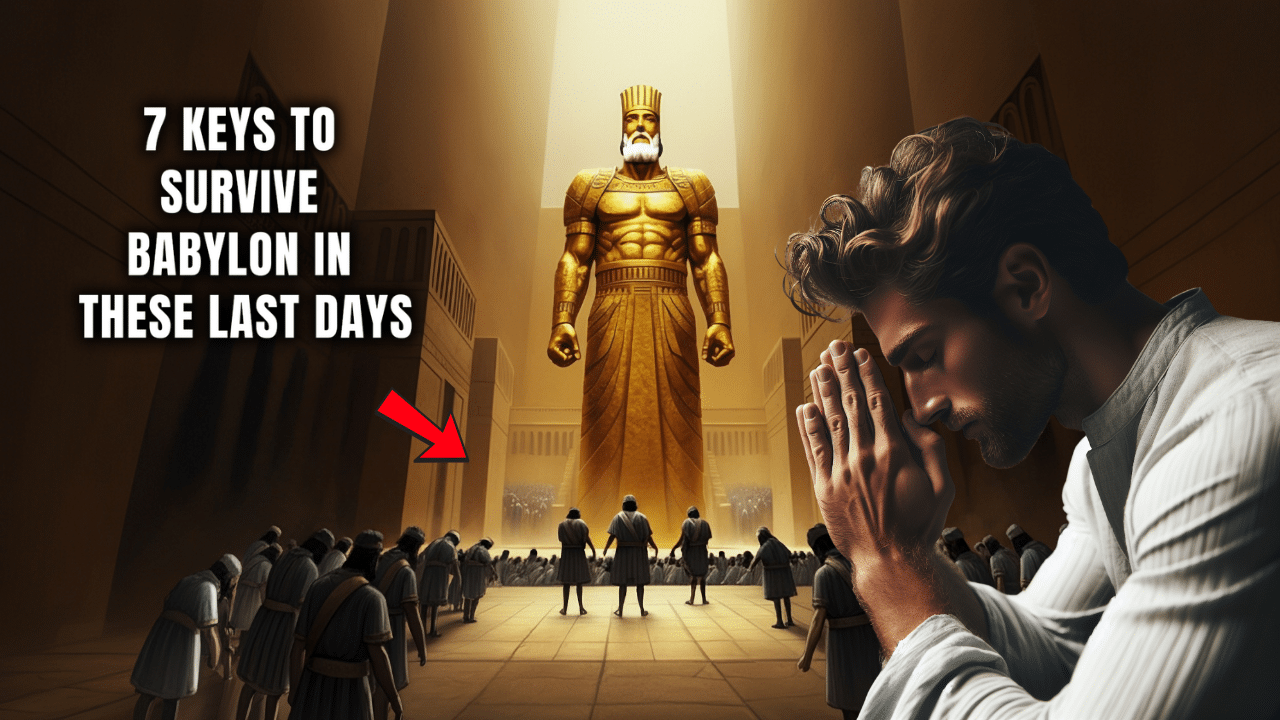(OPINION) A few feet inside the unassuming front door at Science Corp. in Alameda, California, lies a brightly lit room with large, transparent windows. On a late November afternoon, three gowned surgeons carefully circle a New Zealand white rabbit laid out on an ocean-blue cloth.
About a month prior, the rabbit — named Leela, after Futurama’s one-eyed heroine — received an injection through the white of her eyeball. Just outside the surgery room, Max Hodak, the CEO of Science Corp., stands in jeans and a black hoodie, cradling a laptop in the crook of his arm. The presentation on his screen shows a small device, about the size of a penny, attached to a thin tail of wiring.
According to CNET, It’s a device he hopes can restore a critical sense and help the blind see again. It doesn’t look like much — a miniature city of electronics attached to a microLED display just 2mm square — but it doesn’t have to.
The prosthesis he’s showing off is known as the Science Eye, and once it’s been proved safe and effective, it’ll be implanted on top of, and inside, the eyeballs of human patients suffering from diseases where the eye’s light-sensing cells have died.
The idea is to coax other cells within the eye to receive and translate light signals. The device was unveiled as the biotech exited stealth on Nov. 21 last year.
It had been a busy morning for Hodak, but an air of quiet optimism suffused the Science facility during my visit. In the months since, the company’s first scientific paper was uploaded to bioRxiv, a repository for preprint scientific articles, describing the extensive foundational work Science Corp. has undertaken, including demonstrating how its technology works in rabbits like Leela, and readying it for future trials to test its vision-restoring capabilities.
As I stand with Hodak outside the surgery, he runs through images on his laptop, pointing out the form factor of the Science Eye and how many pixels the team has been able to jam into the device’s wafer-thin microLED.
The number stands at an impressive 16,000, allowing for a resolution he says is about “eight times better than an iPhone 13.” He shows off a brief demo of the kind of “vision” someone with a Science Eye might have. Red pixels dance around a screen, recapitulating a view of a street and a human waving their hands.
The microLED device, which Science calls FlexLED, is just one component of the Science Eye. For it to restore even this form of vision to patients, the Science team first needs to deliver a gene to a specific region of the eye and demonstrate it can generate electrical signals in the regions of the brain responsible for controlling sight. That’s where Leela comes in.
While Hodak and co-founder Alan Mardinly explain the process to me, behind them, Leela’s eyeball is carefully being removed from its socket. TO READ THIS article, your eye, and your brain are involved in a frantic dance, enlivened by a storm of light and electrical signals. This dance, honed by millions of years of evolution, provides us with the sensation of sight.
Light from your screen is focused by the lens of your eye onto the retina, a layer of tissue at the rear of the eye containing light-sensing cells known as photoreceptors. These cells, which are shaped like rods and cones, contain molecules known as opsins, which can convert the incoming light into an electrical signal.










